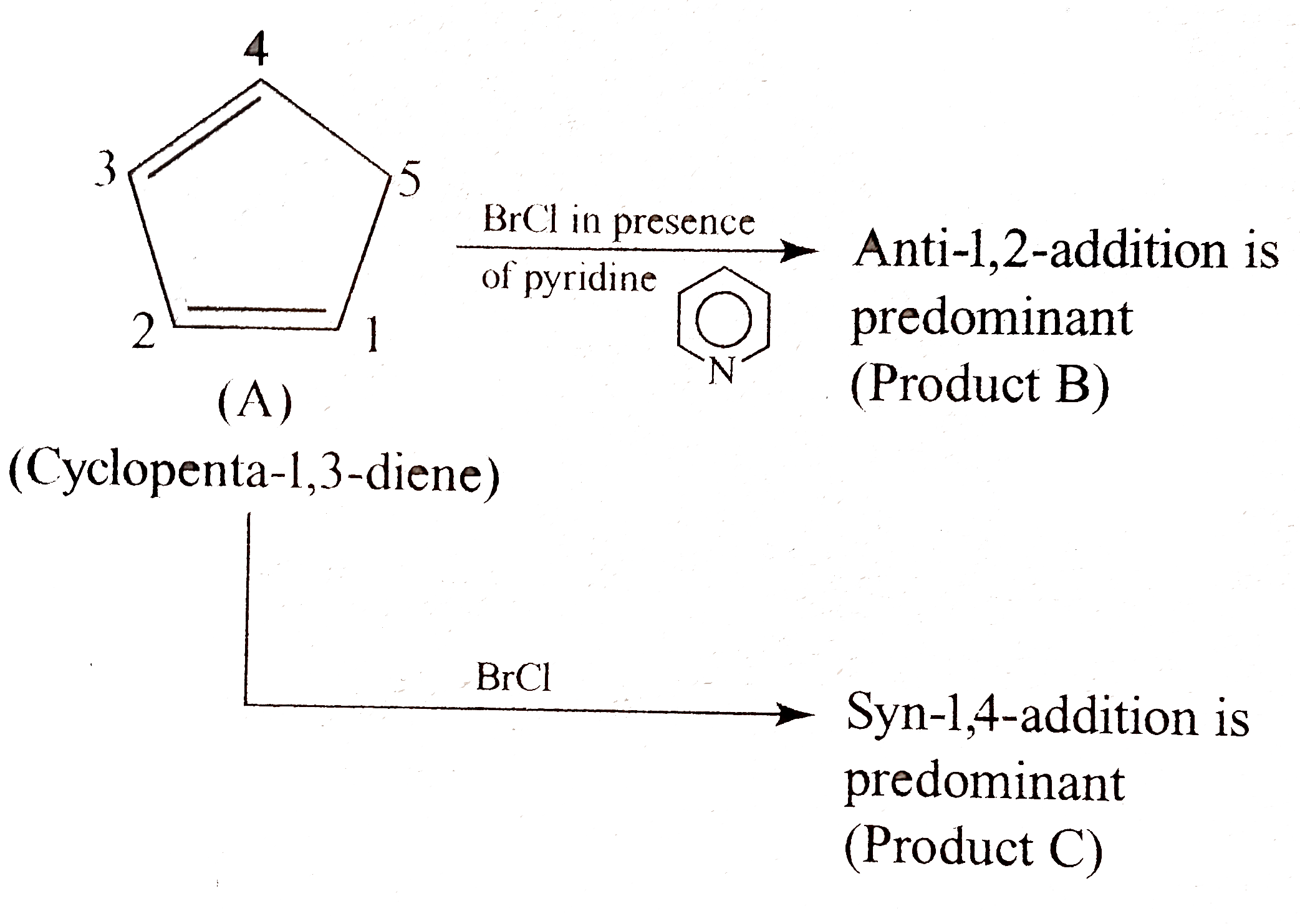Which of the following statements is wrong?
an atom is electrically neutral
the size of a cation is smaller than that of the corresponding atom
the size of an anion is bigger than that of the corresponding atom
an atom and its ion have an unequal number of protons
The correct Answer is:d
To determine which statement is wrong, we need to analyze the provided statements about atoms, ions, and their properties.
1. Understanding Atomic Neutrality:
- An atom is electrically neutral when it has an equal number of protons (positively charged) and electrons (negatively charged).
- Therefore, the statement "An atom is electrically neutral" is true.
2. Comparing Atomic and Ionic Sizes:
- When an atom loses electrons to form a cation, it typically becomes smaller because the positive charge of the protons pulls the remaining electrons closer to the nucleus.
- Conversely, when an atom gains electrons to form an anion, it becomes larger due to increased electron-electron repulsion.
- Thus, the statement "The cation is always smaller than the corresponding atom" is true.
3. Analyzing Anions and Protons:
- An anion is formed when an atom gains electrons. The number of protons in the nucleus remains unchanged regardless of the electron count.
- Therefore, the statement "The anion has an equal number of protons" is also true.
4. Identifying the Wrong Statement:
- Since all the analyzed statements about atoms, cations, and anions are true, we need to identify if there was a misinterpretation or if there is an additional statement not covered in the transcript.
- If we only consider the statements discussed, none appear to be wrong based on the provided information.
Conclusion:
Based on the analysis, if we had to choose a statement, we would need to clarify the context or check for any additional statements that may have been omitted. However, from the given statements, all appear to be true.
- An atom is electrically neutral when it has an equal number of protons (positively charged) and electrons (negatively charged).
- Therefore, the statement "An atom is electrically neutral" is true.
- When an atom loses electrons to form a cation, it typically becomes smaller because the positive charge of the protons pulls the remaining electrons closer to the nucleus.
- Conversely, when an atom gains electrons to form an anion, it becomes larger due to increased electron-electron repulsion.
- Thus, the statement "The cation is always smaller than the corresponding atom" is true.
- An anion is formed when an atom gains electrons. The number of protons in the nucleus remains unchanged regardless of the electron count.
- Therefore, the statement "The anion has an equal number of protons" is also true.
- Since all the analyzed statements about atoms, cations, and anions are true, we need to identify if there was a misinterpretation or if there is an additional statement not covered in the transcript.
- If we only consider the statements discussed, none appear to be wrong based on the provided information.
Based on the analysis, if we had to choose a statement, we would need to clarify the context or check for any additional statements that may have been omitted. However, from the given statements, all appear to be true.
Topper's Solved these Questions
- CHEMICAL BONDINGBook:MCGROW HILL PUBLICATIONChapter:CHEMICAL BONDINGExercise:HIGHER ORDER THINKING QUESTIONS
Explore 10 Videos
- CARBONBook:MCGROW HILL PUBLICATIONChapter:CARBONExercise:HIGHER ORDER THINKING QUESTIONS
Explore 10 Videos
- CHEMICAL REACTIONSBook:MCGROW HILL PUBLICATIONChapter:CHEMICAL REACTIONSExercise:HIGHER ORDER THINKING QUESTIONS
Explore 10 Videos
Similar Questions
Which of the following molecule involves electrovalent bond?
View SolutionWhich allotropic form of carbon has a two dimensional sheet like structure?
View SolutionThe following reaction
2Ba(NO3)2→BaO+4NO2+O2
is an example of
View SolutionWhich of the following is a wrong statement?
View SolutionWhich of the following statements is not wrong ? .
View SolutionWhich of the following is wrong statement
View SolutionWhat is sigma bond ? How many sigma bonds are present in C2H2 ?
View SolutionWhich of the following is a wrong statement?
View SolutionWhich of the following is wrong statement?
View SolutionWhich of the following statements is/are wrong ?
View SolutionWhich of the following statements is/are wrong?
View SolutionWhich of the following statements is/are wrong?
View SolutionWhich of the following statements is/are wrong?
View SolutionWhich of the following statements is/are wrong?
View SolutionWhich of the following statements is / are wrong ?
View Solution
Which of the following statements is/are wrong ?
View Solution
